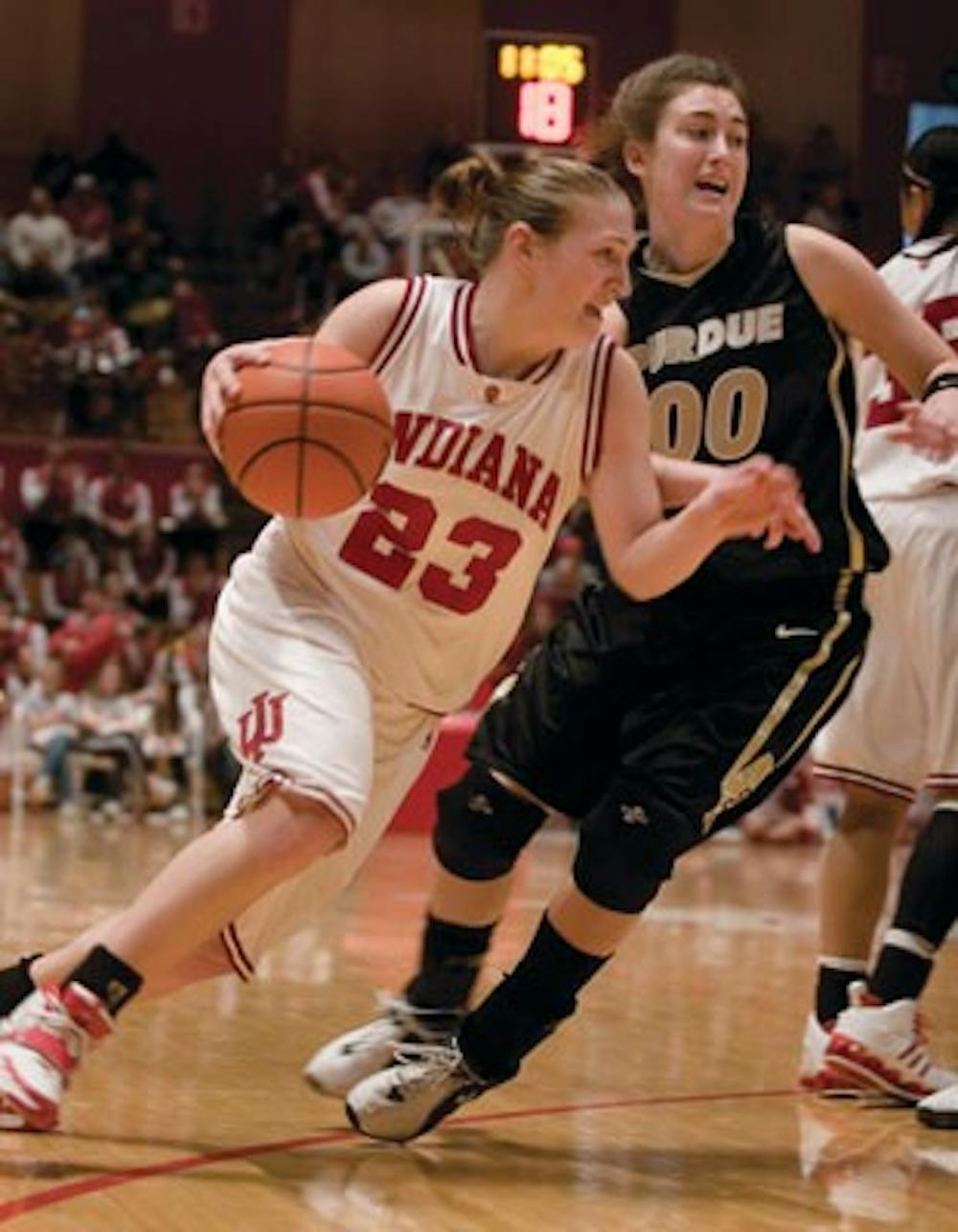The killer watches the teenage couple go into the house. We see it through his eyes. We hear his breathing. \nAs he creeps behind a window, the couple make out on a couch. The boyfriend tries on a clown mask and asks the girl, "Are we alone?" "Michael's around here somewhere," she says dismissively, and leaving the mask behind, they go upstairs to have sex. The killer puts on the mask and fetches a knife from the kitchen. After the boyfriend leaves, the killer climbs up the stairs. The girl sits topless at a mirror brushing her hair, oblivious to his presence -- until it's too late. He stabs her to death. As he leaves, he is caught, his mask ripped off to reveal: a 6-year-old boy in a clown costume.
And, thus, in 1978, the world was introduced to Michael Myers and "Halloween." Over the course of 91 minutes, an adult Michael would escape from an asylum and dispatch three more teenagers, but his impact would stretch far outside the fictional town of Haddonfield, Ill. "Halloween" would launch countless celluloid imitators, make millions of dollars and bring about a turning point in the history of film. The Friday release of Rob Zombie's prequel/remake of "Halloween" only serves as the latest example of enduring influence of John Carpenter's original.\n"'Halloween' almost single-handedly spawned the slasher trend that dominated the late 1970s and early 1980s," said John Kenneth Muir, author of more than a dozen reference books on film and television, including a book on 1970s horror films. "What most of these films 'acquired' from 'Halloween' was the notion of a masked, seemingly emotionless and inhuman (and unkillable…) knife-killer, the organizing principle of setting a horror film on a holiday or at a special event (prom for example), and the nature of the victim pool -- usually teenagers."
The birth of slashers\nThe reason for this widespread appropriation of the elements within "Halloween" was less based on artistic admiration than economics.\n"Produced for a paltry $300,000, the film grossed over $50 million -- well over 150 times its production cost," wrote Adam Rockoff in his book, "Going To Pieces: The Rise and Fall of the Slasher Film, 1978-1986." Cheap but potentially lucrative, the slasher formula would go on to be reproduced again and again, in films ranging from the "Friday the 13th" and "A Nightmare on Elm Street" series, to lesser-known works like "Prom Night" and "My Bloody Valentine." This success had far-ranging effects.\n"The belief that a film like 'Halloween' could not only compete with the majors, but best them at their own game," Rockoff wrote, "played no small role in the rise of independent production companies such as Miramax and New Line Cinema." \nUnfortunately, most of these films were hardly the finest examples of cinematic art. In "Nightmare Movies: Widescreen Horror Since 1968," Kim Newman wrote "All the successful psycho movie needs is a makeup man who knows how to pop an eyeball with a reasonable amount of conviction, a basic lack of human feeling, and greed."
Art ... with a body count\nBut, contrasting with its followers, John Carpenter's "Halloween" has accumulated critical acclaim along with its box-office receipts. Unlike later slasher films (or its own sequels), it does not rely on gory special effects. Instead, it builds suspense using sophisticated screen-craft and a now-famous 5/4-based musical score.\nFor example, J.P. Telotte, a professor at Georgia Institute of Technology and the first scholar to analyze the film, drew attention to the innovative camera-work.\n"It opened up a new style for horror by destabilizing our point of view … by constantly moving the camera, but especially by emphasizing the subjective camera, thereby forcing audiences to identify, by turns, with the killer or the victims." Rockoff, likewise, notes Carpenter's full utilization of the wide-screen format, with "every portion of the frame as a potential place for Michael to lurk."\nPhilip Simpson, vice provost of Brevard Community College and author of "Psycho Paths: Tracking The Serial Killer Through Contemporary American Film and Fiction," credited some of the film's tremendous success to its ability to reflect "the concerns and paranoia of a late 1970s audience" in the wake of Vietnam, Watergate and major social change. \n"The film shows the complete failure of institutional and family authority," Simpson said. "Also, the film's targeting of female teenagers, with the virginal Laurie being the sole survivor of (Michael's) rampage, speaks to a certain social anxiety over youthful promiscuity and irresponsibility." In her book "Men, Women, and Chainsaws: Gender in the Modern Horror Film," University of California-Berkeley professor Carol J. Clover writes that "Halloween" both created the pattern of slashers killing teenagers after sex, and that of a "final girl" who fights back against the killer and survives.
The 'boogeyman' factor\nMeanwhile, the argument has also been made that "Halloween" works by tapping into primal human fears.\n"It's the eternal boogeyman story," said Bill Mesce Jr., author of "Overkill: The Rise and Fall of Thriller Cinema." "It has elements that hit you at the level of childish fears that never go away. The creeping unknown thing; the thing in the dark; the thing in the basement." \nWhatever the case, the scary mojo of "Halloween" persists to this day. Asked why he was a fan, Derek DeGroot, founder of Michael-Myers.net, a Web site dedicated to Michael Myers masks said, "(It's) a story that simply creeps people out … it creeps (people) out to think that there might be a real-life version of a maniac who can't be stopped." \nBecause, after all, you can't kill the boogeyman.






